How to Troubleshoot Android Not Receiving Texts
When Android devices stop receiving texts, users may notice they aren’t getting messages even when senders say they sent them. This can delay important messages or verification codes. The main reason often involves switching from an iPhone to an Android without deregistering iMessage, causing texts to stay in the iMessage system.
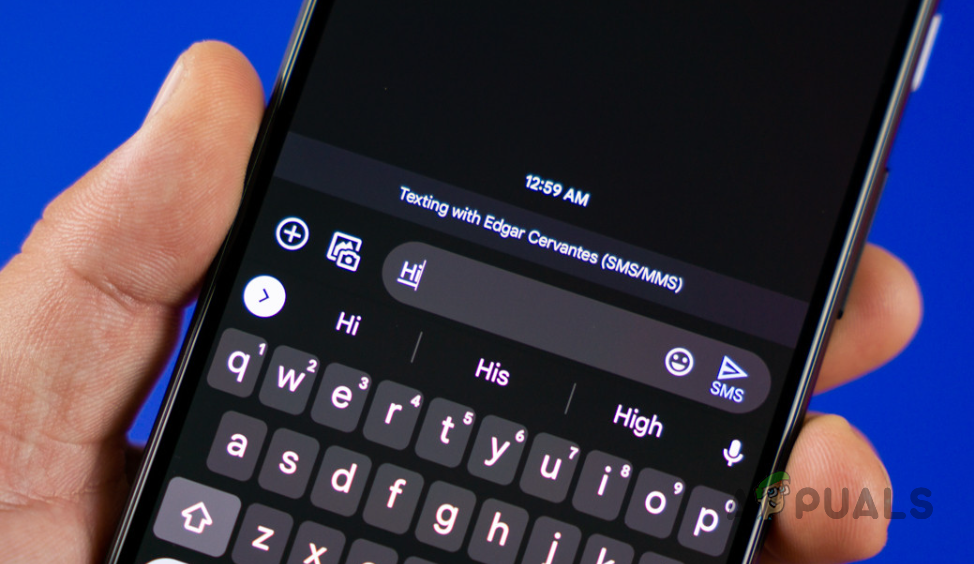
Other common causes include network problems, outdated software, or cache issues in the messaging app.
In this article, we will discuss different ways to solve this problem.
1. Restart Phone
Before trying complex solutions, restart your Android to fix text issues. This clears glitches, refreshes connections, and restarts processes, resolving potential app or network conflicts.
- Press and hold the power button, then tap on Restart.
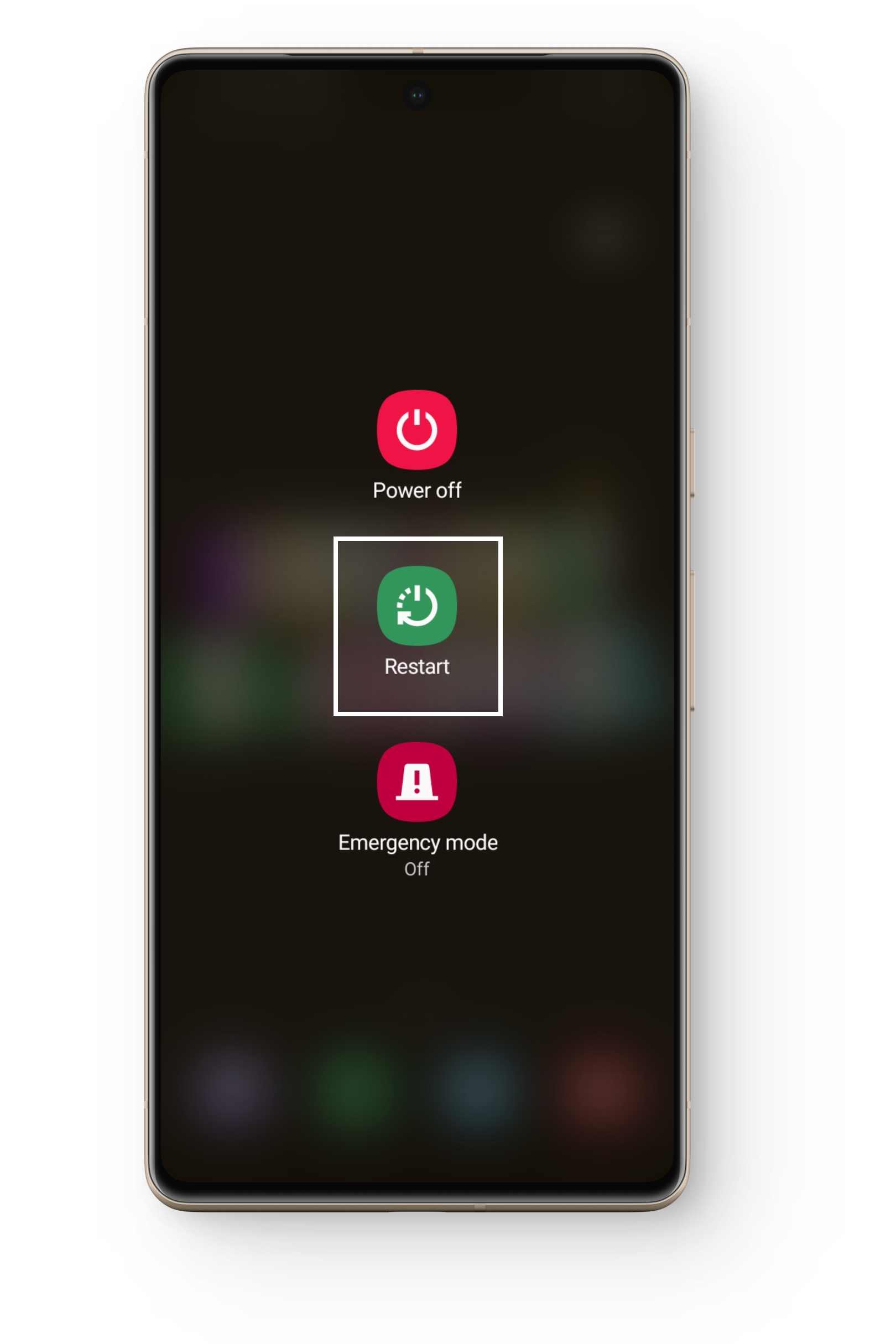
2. Disable iMessage
When switching from iPhone to Android, texts may go through iMessage instead of SMS, as iMessage still registers your number. Disabling or deregistering iMessage ensures texts are sent as SMS, allowing them to reach your Android device.
- Launch the Settings app on your iPhone.
- Select the Messages option.
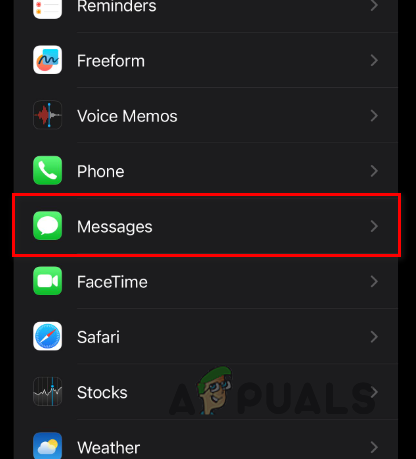
Navigating to Messages - Turn off the iMessage option.
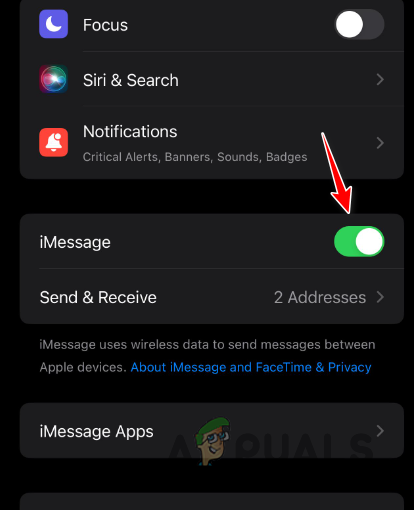
Turning off iMessage
If you no longer have the iPhone, or you’ve removed the SIM card, deregister iMessage from your number via Apple’s website.
- Visit the official site for deregistering iMessage via this link.
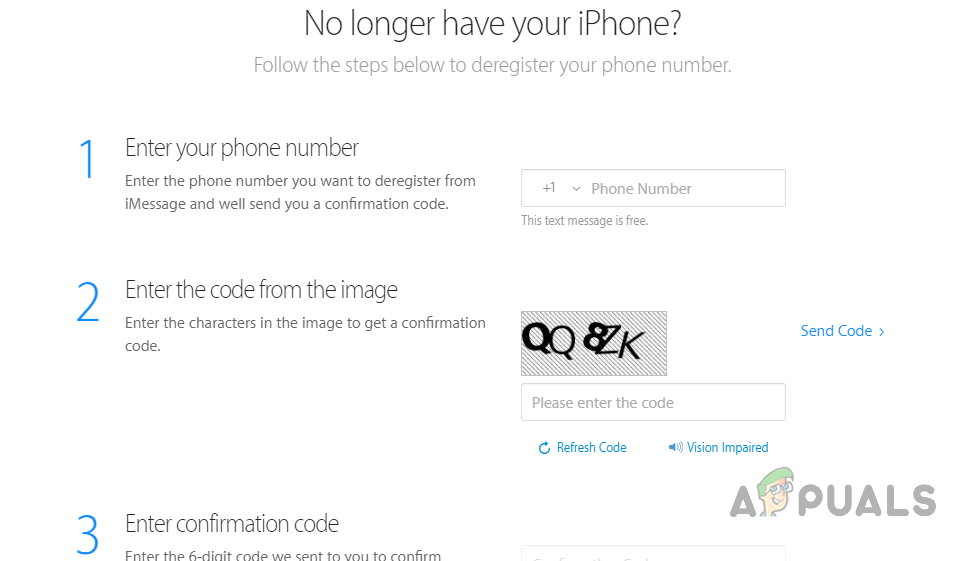
De-registering iMessage - Enter your phone number.
- Complete the security check by entering the code.
- Click Send Code and submit the 6-digit confirmation code.
3. Check Airplane Mode
If your phone is in Airplane Mode, all communication signals, including texting, are disabled. This mode stops your device from sending or receiving messages by shutting down network access. Turning off Airplane Mode restores network connections, allowing texts to come through normally.
- Swipe down from the top of your phone to open the action center.
- Make sure Airplane Mode is off.
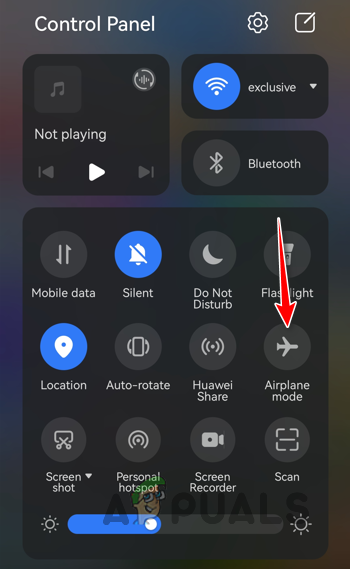
Turning off Airplane Mode - If not visible, check the Settings app.
- Locate Airplane mode in your Mobile Network settings, as the location may vary by device model.
4. Clear Messages Cache
When your messaging app’s cache is filled with old or corrupt data, it can block new messages. Clearing the cache removes these temporary files, helping the app work smoothly again without deleting your actual messages. This refreshes the app’s performance and can fix issues that seem like glitches or bugs.
- Open the Settings app.
- Navigate to the Apps section.
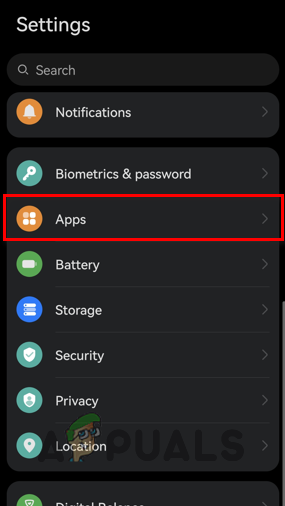
Navigating to Apps - Select your Messages app.
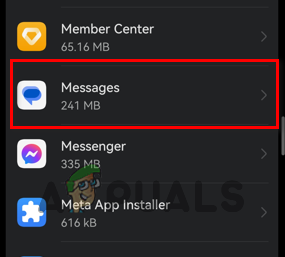
Navigating to Messages App Settings - Tap Storage.
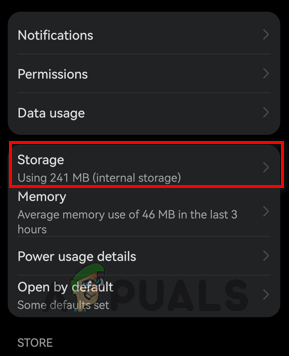
Navigating to Storage - Tap Clear Cache.
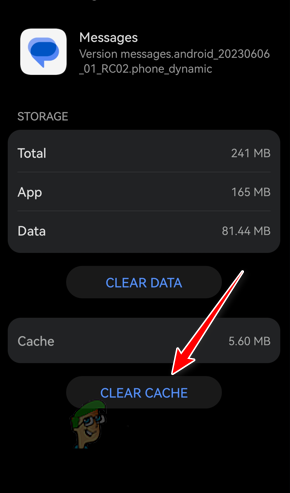
Clearing Messages App Cache - Check if the problem is resolved.
5. Disable Rich Communication Services
Rich Communication Services (RCS) enhance messaging with features like read receipts, but can interfere with SMS if unsupported by your carrier or device. Disabling RCS reverts to traditional SMS, resolving text issues by avoiding conflicts.
- Open the Messages app.
- Tap the profile icon and choose Messages Settings.
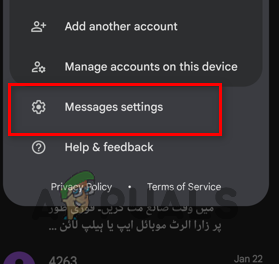
Navigating to Messages Settings - Select RCS chats.
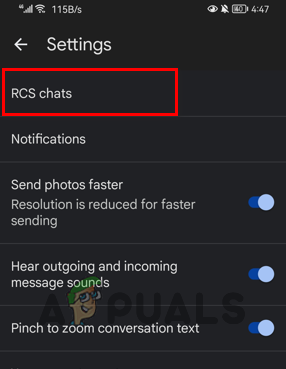
Navigating to RCS Chats - Disable RCS chats using the toggle switch.
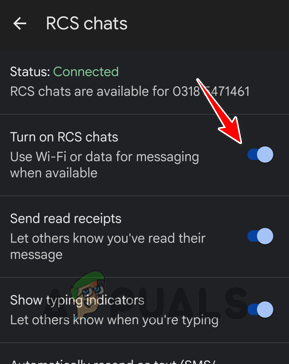
Turning off RCS Chats - Close the app and check if the problem persists.
6. Update Messaging App
Keeping your messaging app updated is crucial for smooth performance. Updates fix bugs and glitches that can block incoming texts and improve compatibility with the latest Android features. By updating, you ensure you’re using the most optimized version, which can resolve issues from outdated or incompatible software.
- Open the Google Play Store app.
- Search for your Messages app.
- Select the Messages app from the results.
- Tap Update.
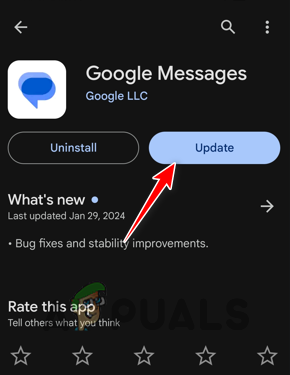
Updating Google Messages App - Check if the issue is resolved.
7. Update System Software
An outdated Android version may have bugs or security flaws affecting your phone’s ability to receive texts. Updates provide fixes for these issues, including messaging problems. Updating ensures your device runs the latest version, resolving network or app conflicts so texts are properly received.
- Open the Settings app.
- Navigate to Software Update.
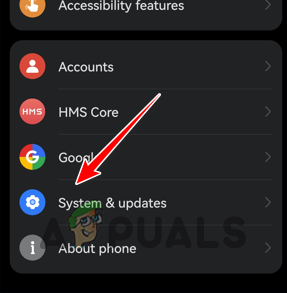
Navigating to System Updates - Let your phone search for updates, then tap Download and Install.
- Check if the issue persists.
8. Reset Mobile Network Settings
Resetting your mobile network settings clears incorrect or corrupted configurations that might stop texts. This restores default settings, erasing saved preferences like Wi-Fi, cellular, and VPN configurations. By re-establishing a clean connection to your carrier, it ensures messages are sent and received without misconfiguration issues.
- Open the Settings app and search for Reset.
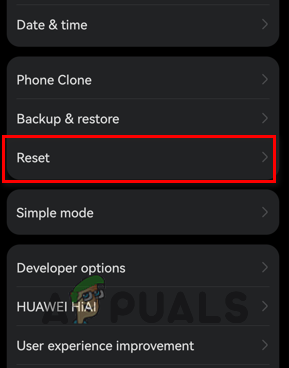
Navigating to Reset Menu - Select Reset network settings.
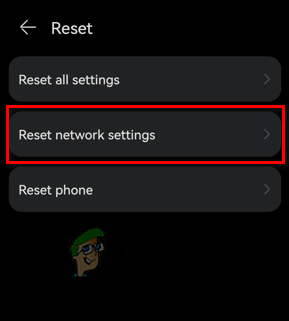
Resetting Network Settings - Confirm the action and wait for it to complete.
- Send a test text to check if the issue is resolved.
9. Contact Network Carrier
If other solutions fail, contact your network carrier. They can address network-related issues like service outages, incorrect plan settings, or SIM card issues, which might affect message delivery.